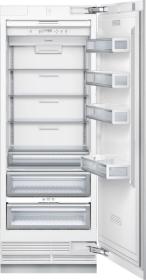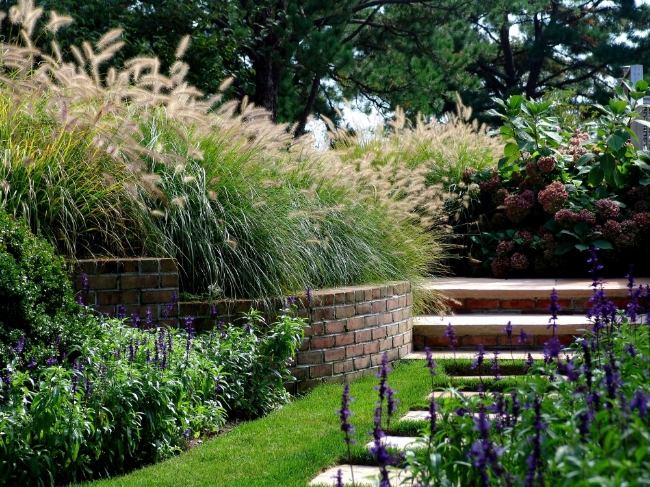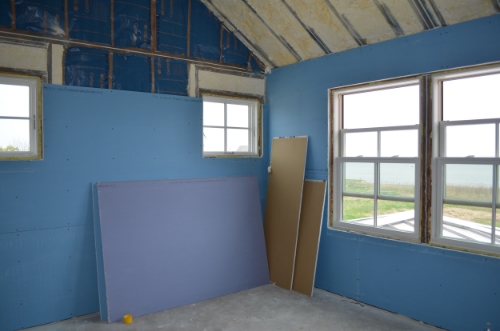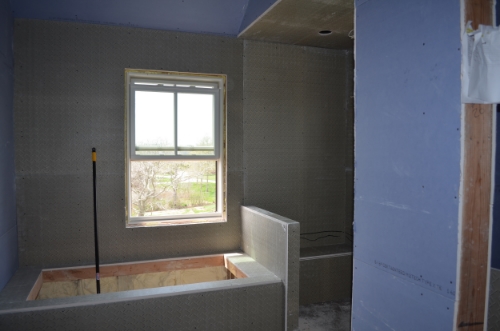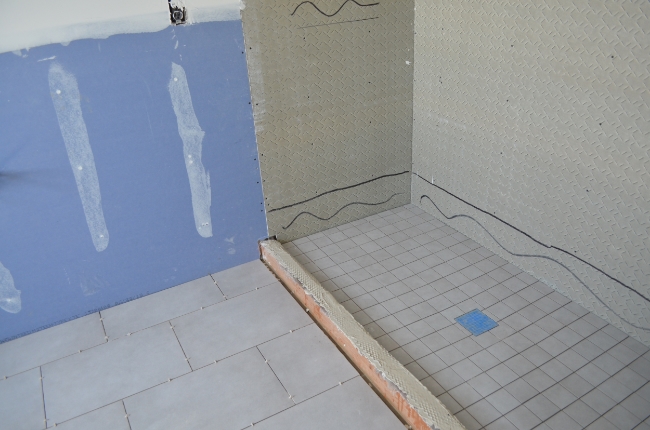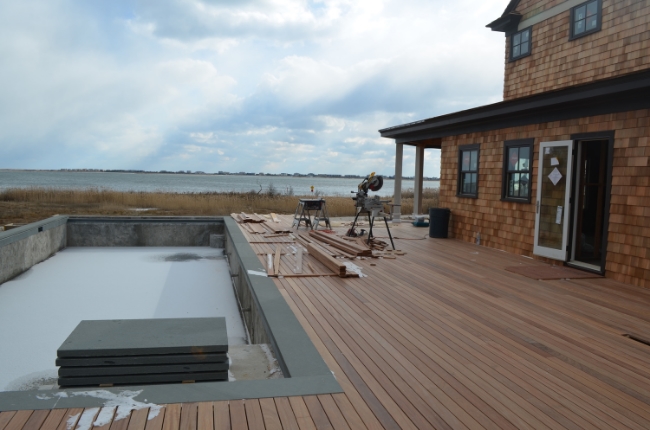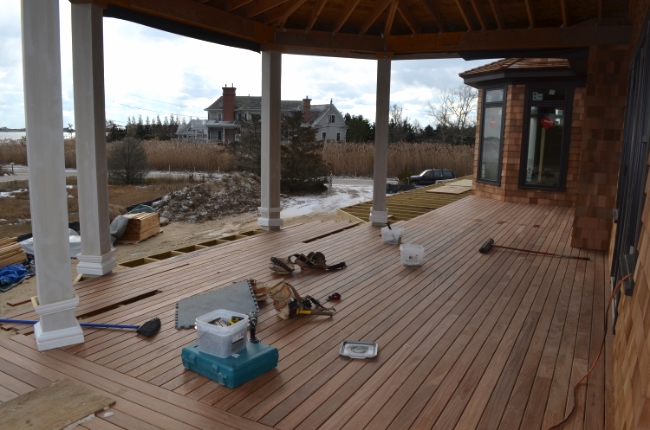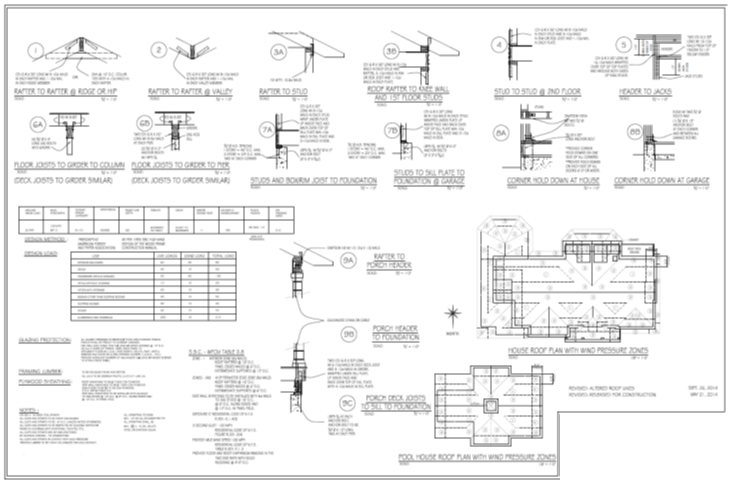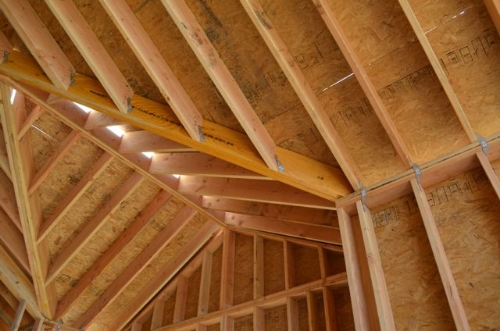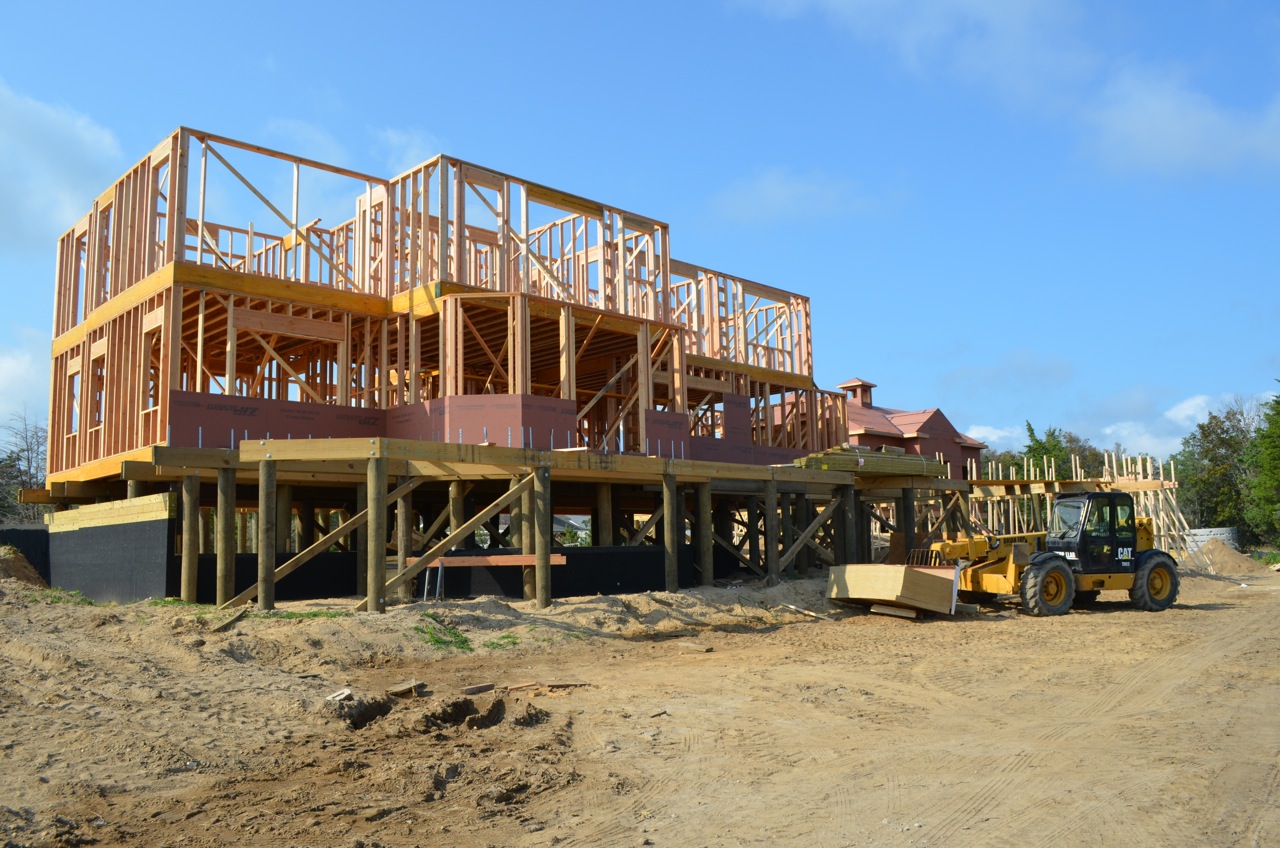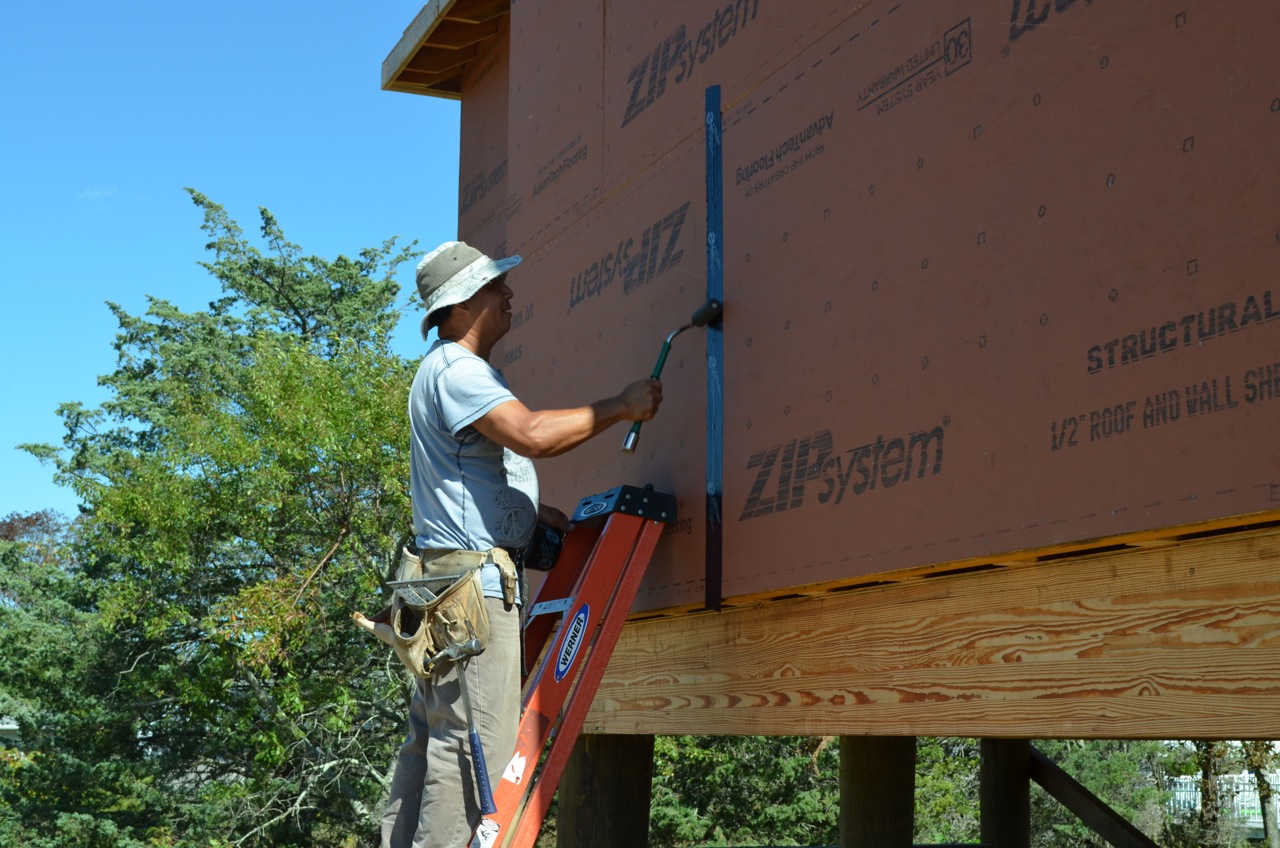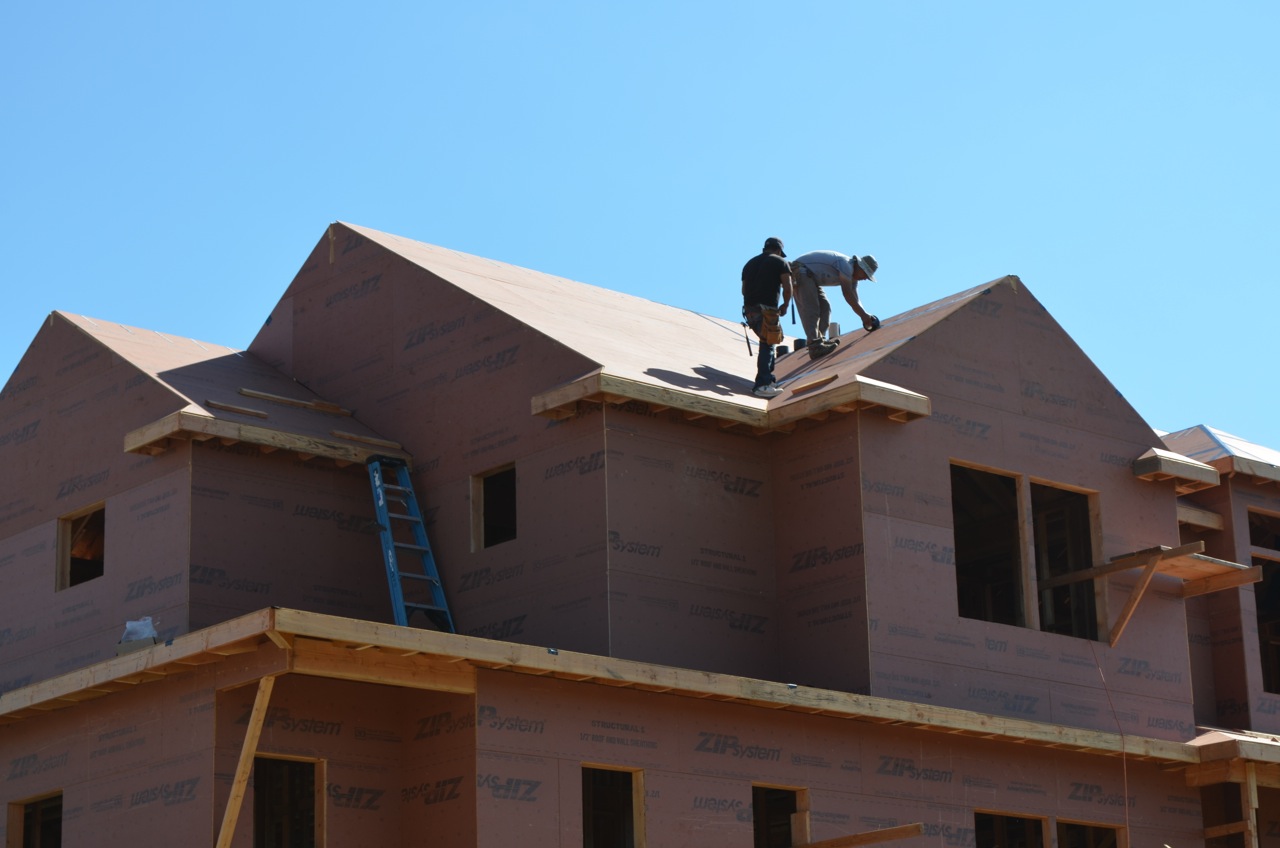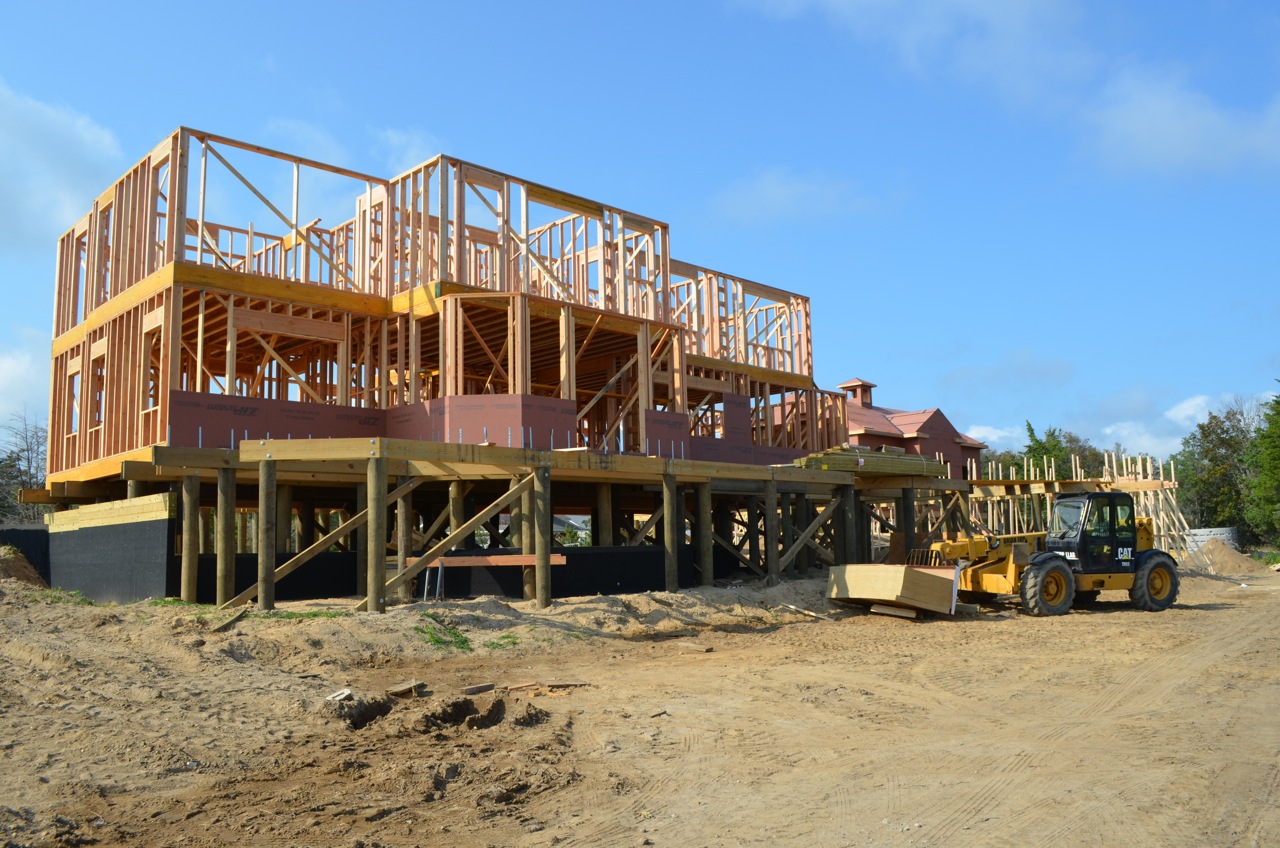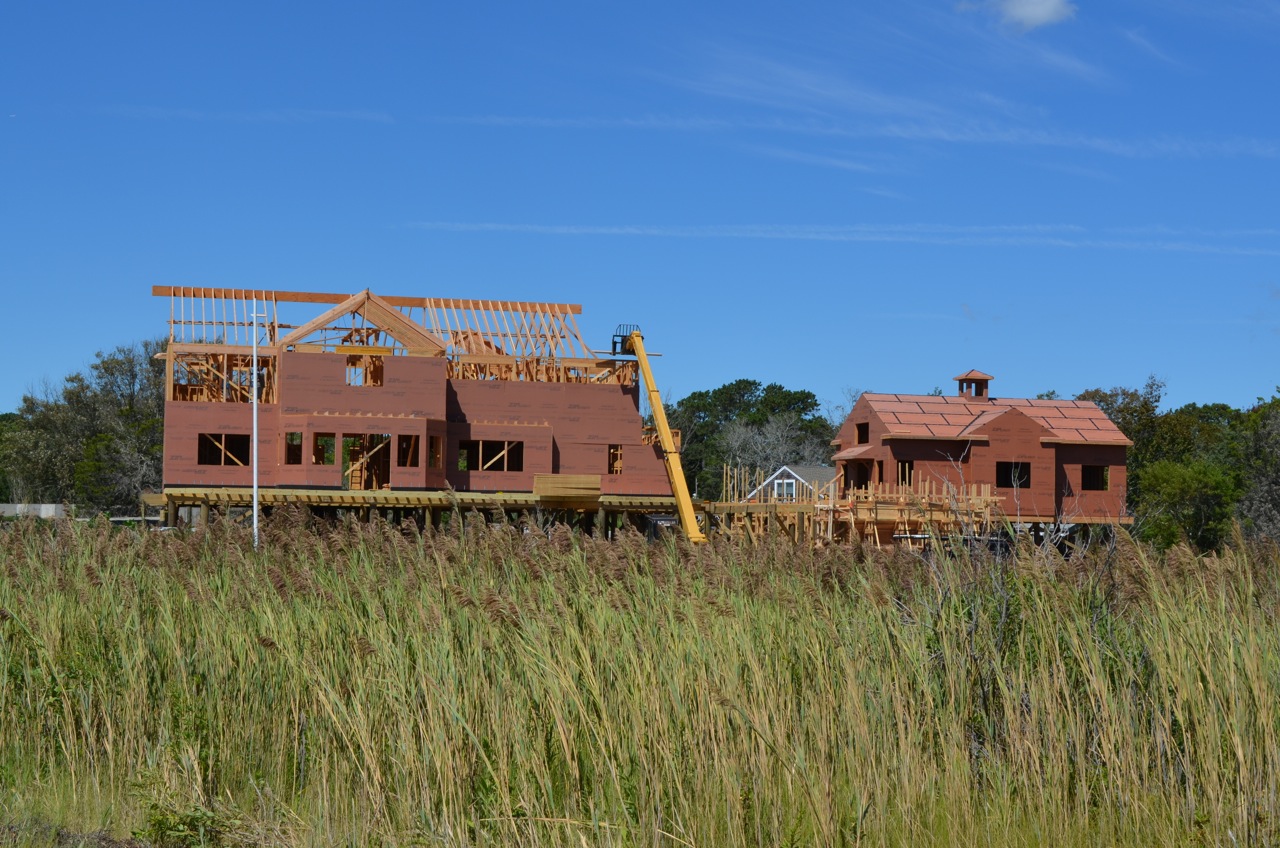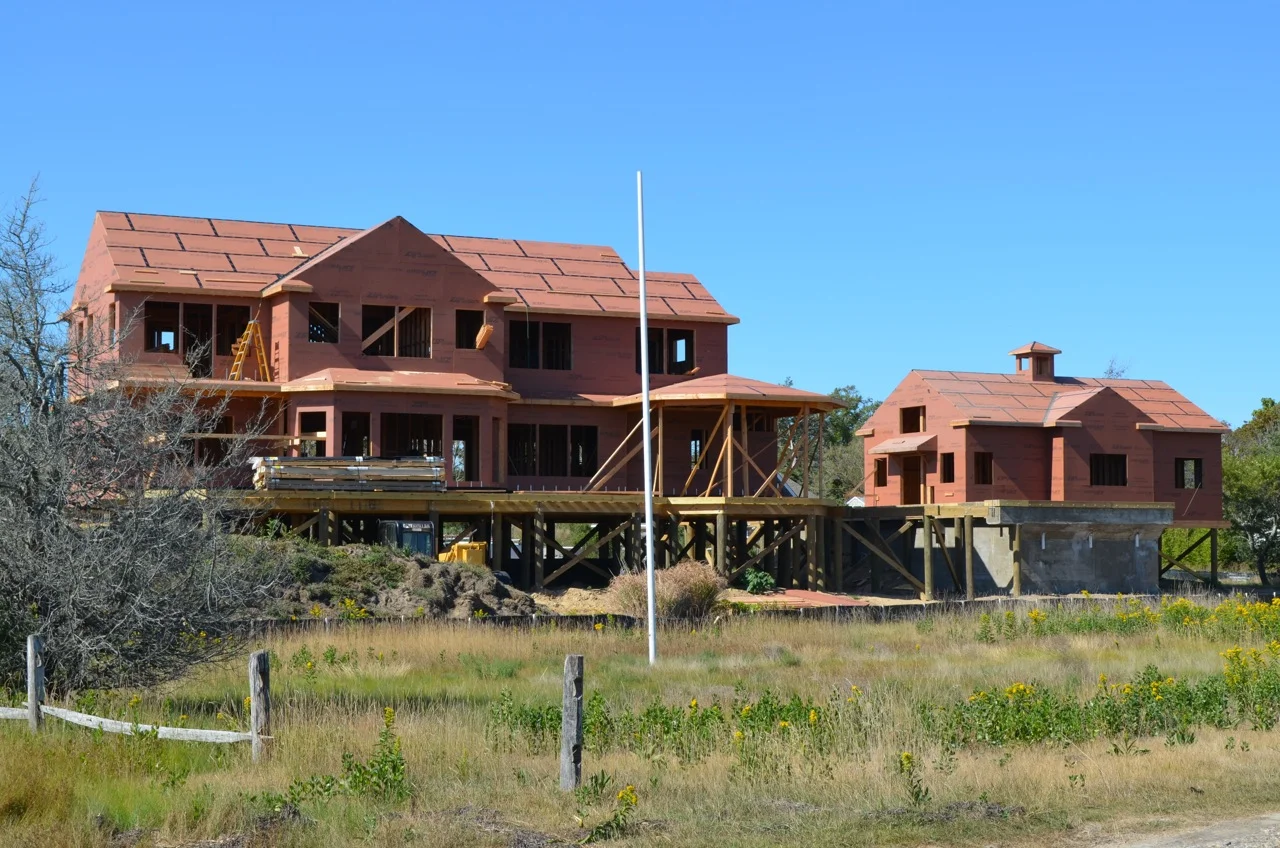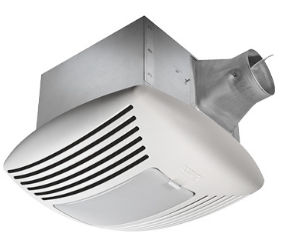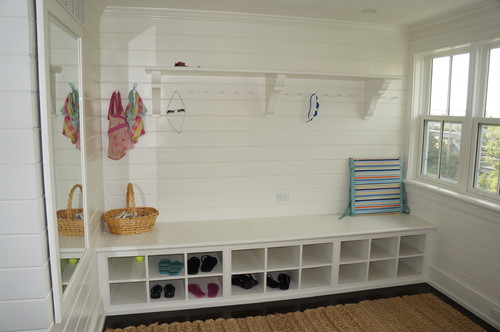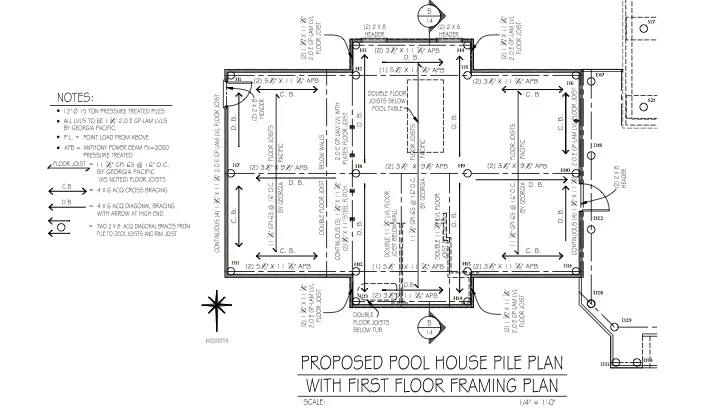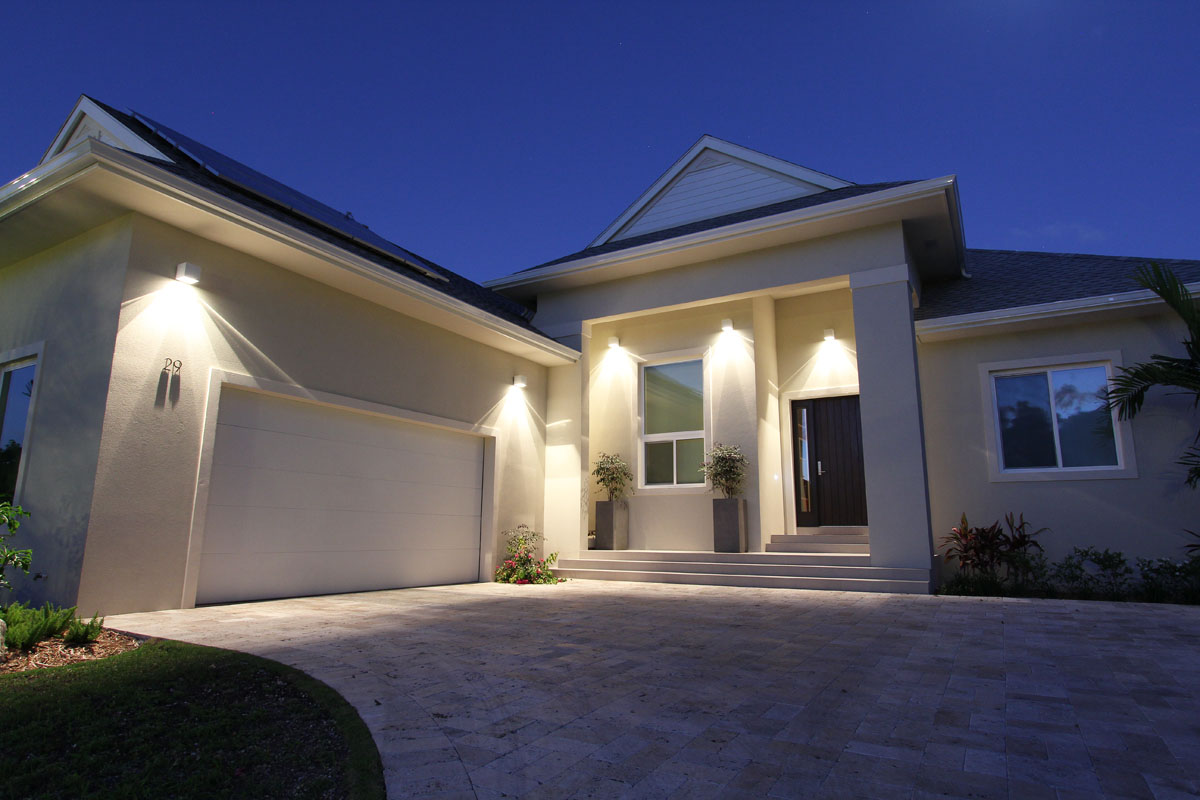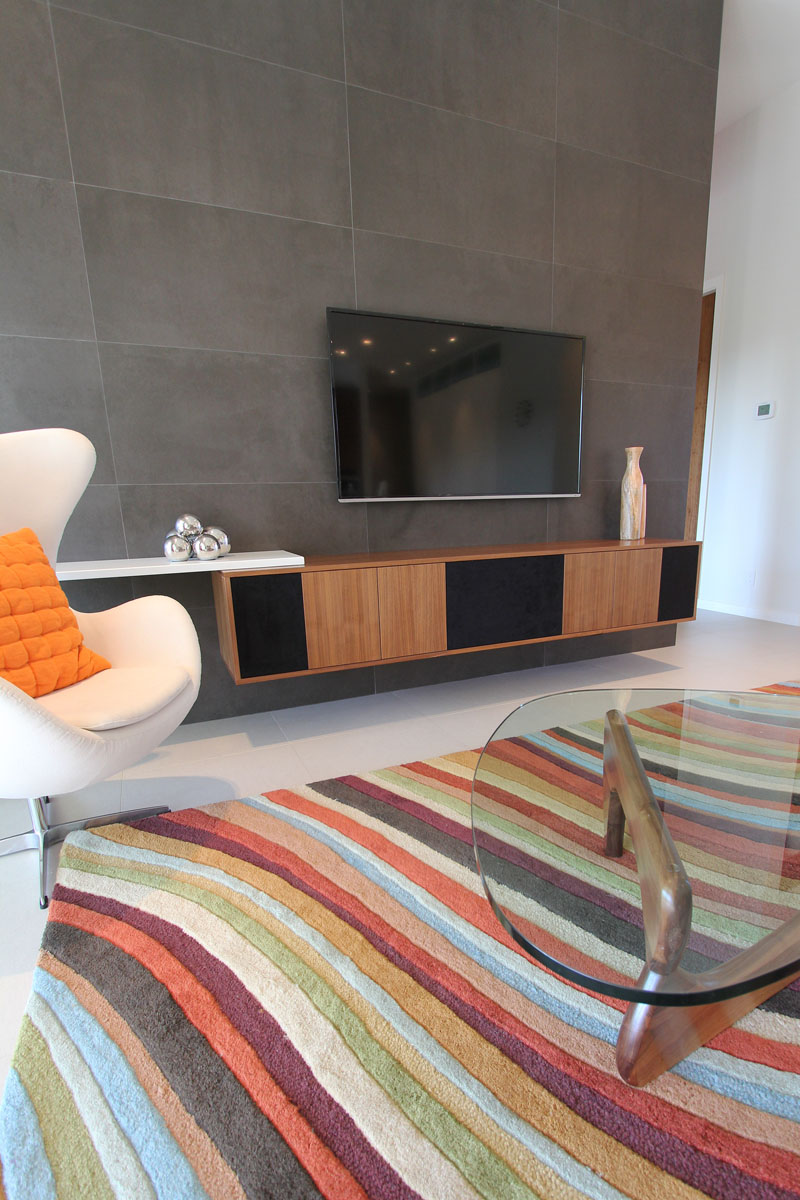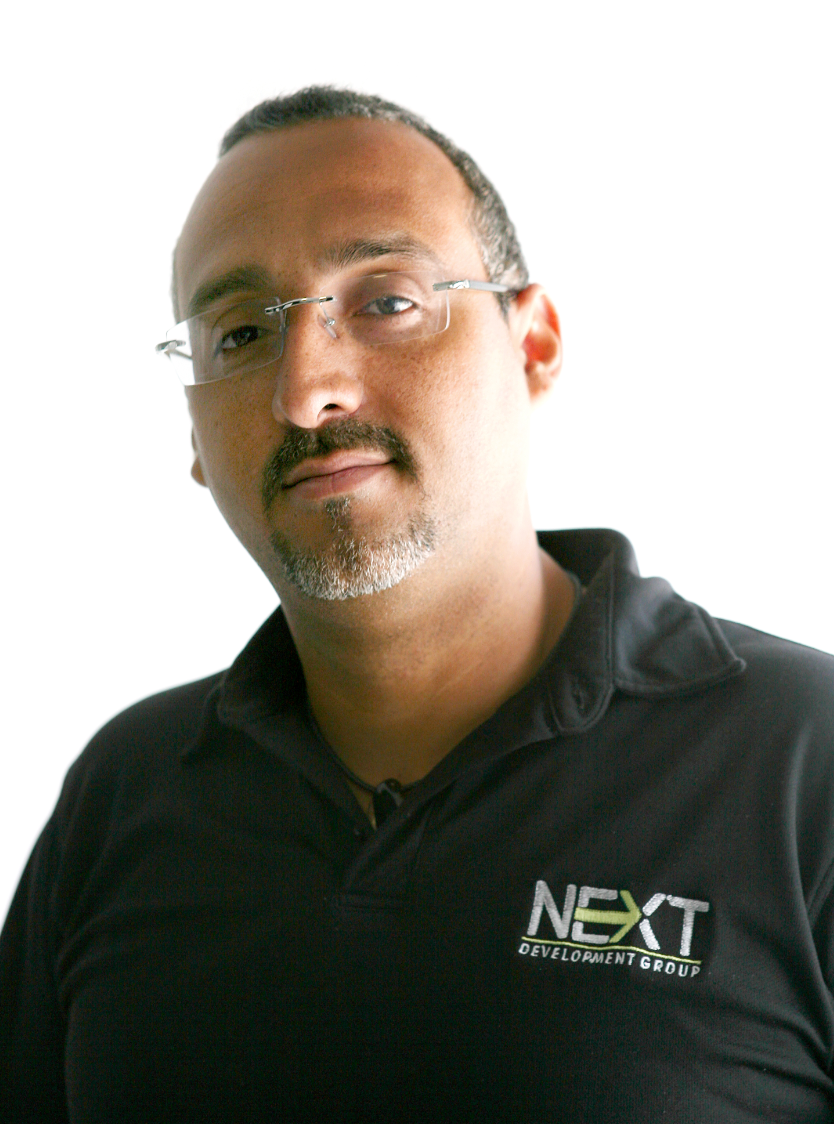Sunset Green Home is working on a new project – a sustainable renovation of a small medical office suite – and we’re about to order the wall coverings, floor coverings, doors and windows. So how are we making this office a healthy place for doctors, patients AND the environment? One way is our careful choice of the materials that will be installed in the office. Here’s what we’re including:
MDF doors from TruStile with no added urea-formaldehyde. Medium density fiberboard (MDF) contains nearly 100% recycled content. It comprises sawdust wood fibers recaptured from sawmill waste. But not all MDF is sustainable. To manufacture MDF, wood fibers are bound together with binders and resins - and those inputs still typically contain formaldehyde, a known carcinogen. So, Sunset Green Home's team specified no added urea-formaldehyde MDF for the doors, which makes our MDF products recyclable at the end of their useful lives and - just as importantly - allows them to contribute to a healthy indoor environment.
Carpet tiles from Interface. We selected carpet tiles for their ease of replacement. If the carpet becomes worn in certain areas, we can replace a few tiles as needed rather than an entire room of carpeting – an inherently sustainable strategy for reducing waste and lifecycle cost over time. But that’s not all. The carpet tiles we chose have pre-consumer (post-industrial) recycled content of 44% - 54% and post-consumer recycled content of 8% - 35%. According to the US Green Building Council, incorporating recycled content reduces “impacts resulting from extraction and processing of virgin materials.”
Low and no VOC paints and adhesives. According to the US EPA, “Volatile organic compounds (VOCs) are emitted as gases from certain solids or liquids. VOCs include a variety of chemicals, some of which may have short- and long-term adverse health effects. Concentrations of many VOCs are consistently higher indoors (up to ten times higher) than outdoors.” To promote healthy indoor air quality, all paints and adhesives used in construction will be low-emitting products compliant with the requirements of the LEED® green building program.
Durable wall coverings with sustainable characteristics. Duraprene™ wall covering from Designtex exceeds the durability performance standards of vinyl, but is composed of reclaimed wood fibers and natural latex. We sought a very durable product for this medium-traffic application that could be wiped clean and that featured recycled content and no off-gassing.
Durable porcelain tile for beauty and performance. Durability is another key measure of a product's sustainability. We chose Daltile's City View porcelain for the office vestibule and reception areas for its high slip resistance and breaking strength. It will hold up well in a medium-traffic environment. The powder room and storage areas will use Daltile's Veranda Solids porcelain tile, another durable product that includes 17% recycled content.
We’re choosing our materials carefully to contain their environmental impact while creating a durable, healthy and attractive space! Follow this project over the coming months to learn what else we’re doing to create a sustainable office space.








